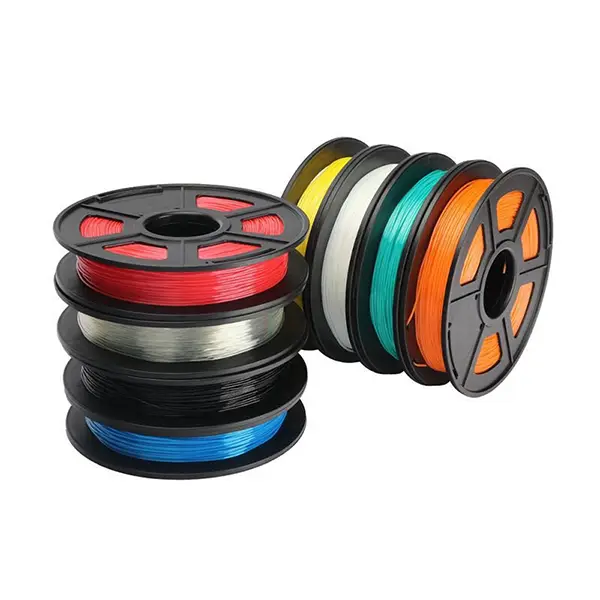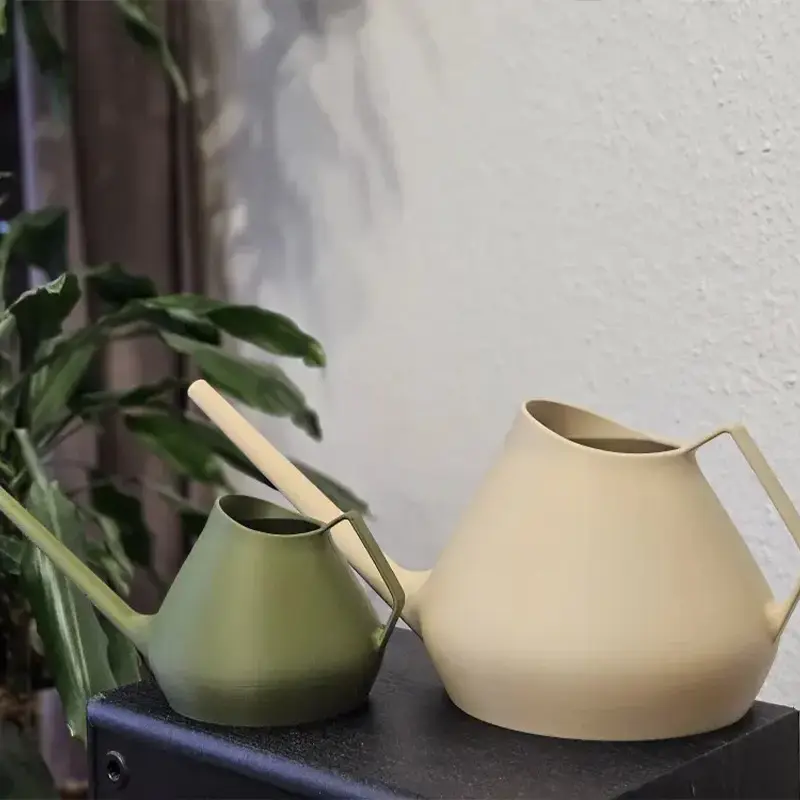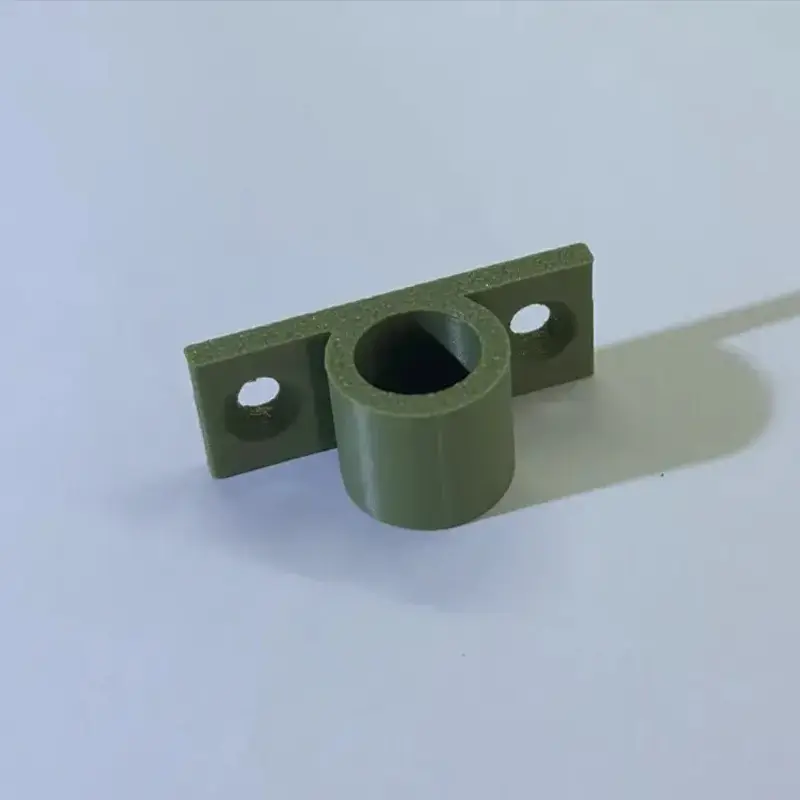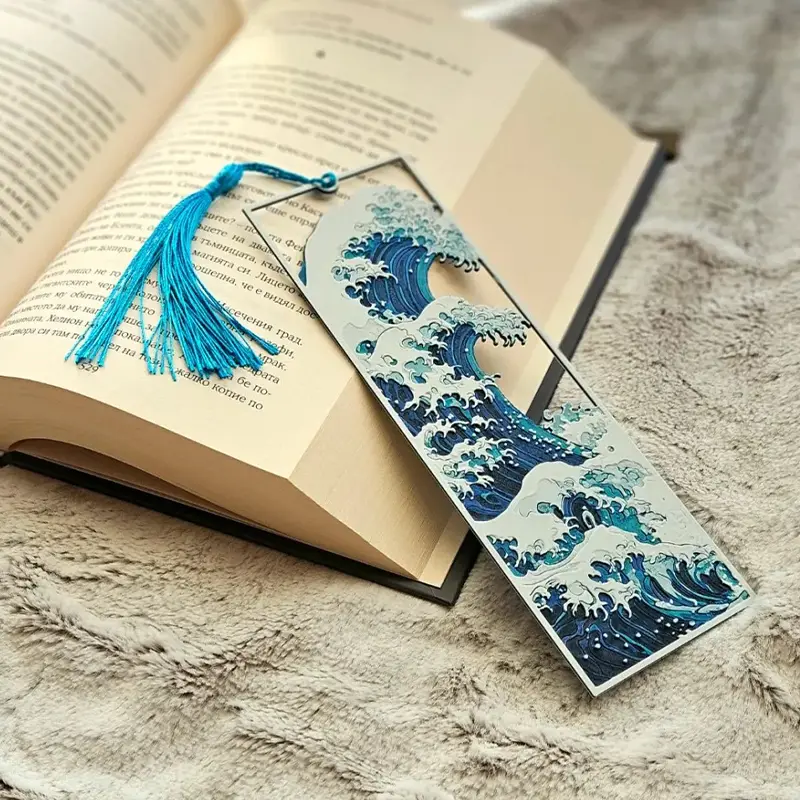Alright, let’s cut through the noise. You’ve mastered PLA and PETG. You’ve wrestled with ABS. But now your projects demand more—real industrial strength, chemical resistance, or radical flexibility. You’re not just making models anymore; you’re engineering functional parts that must perform in the real world. Welcome to the big leagues. This is where the true power of additive manufacturing unlocks for professionals. Materials like PA (Nylon), PC (Polycarbonate), TPU, and TPE aren’t just filaments; they’re keys to solving complex design challenges. But with great power comes great responsibility—and a steeper learning curve. Ready to move beyond hobbyist materials and into the realm of industrial-grade performance? Buckle up. Let’s dive deep into the polymers that separate professional prototyping from amateur hour.

Why Engineering Thermoplastics Change the Game
Think of standard filaments like PLA and ABS as reliable commuter cars. They’ll get you from point A to point B for everyday tasks. Engineering-grade materials, however, are the specialty vehicles of the 3D printing world: the industrial trucks, the race cars, the all-terrain explorers. They’re designed for specific, demanding environments where failure is not an option. The shift to these materials isn’t just an upgrade; it’s a fundamental change in what’s possible with your printer and your designs.
From Prototyping to End-Use: Closing the Loop
The most significant advantage of these advanced materials is their ability to create not just prototypes, but final, functional end-use parts. We’re talking about components that can replace machined, molded, or fabricated parts in everything from automotive assemblies to live medical devices. This transition—from “looks-like” prototyping to “works-like” and final part production—is revolutionizing product development cycles and supply chains across industries.
The Performance Triangle: Strength, Durability, and Special Properties
Engineering materials are selected based on a balance of three critical attributes: mechanical strength, long-term durability, and special chemical or physical properties (like flexibility or heat resistance). Understanding how PA, PC, TPU, and TPE each address this triangle is the first step to selecting the right material for your most demanding applications.
PA (Nylon): The All-Around Engineering Champion
If engineering thermoplastics had a workhorse, it would be Nylon. Known technically as Polyamide (PA), this material is the go-to choice for countless industrial applications thanks to its incredible toughness, excellent layer adhesion, and strong chemical resistance.
Exceptional Strength and Durability
PA is famously tough. It has high tensile and impact strength, meaning it can withstand significant force and shock loading without fracturing. Unlike more brittle materials, Nylon tends to bend and deform under stress rather than snap catastrophically. This makes it ideal for functional parts like gears, brackets, and mounting plates that experience dynamic loads.
Ideal Applications for PA (Nylon):
- High-wear components (gears, bushings, rollers)
- Functional connectors and mounting hardware
- Tools, jigs, and fixtures for manufacturing
- Parts requiring chemical resistance
Printing Considerations:
Nylon is hygroscopic—it absorbs moisture from the air like a sponge. Printing with wet filament leads to poor layer adhesion and a bubbly, weak surface finish. Absolutely mandatory drying before printing is non-negotiable. It also requires a high printing temperature (240-270°C) and an active heated chamber or enclosed printer to prevent warping and ensure proper layer bonding.
PC (Polycarbonate): The Unbreakable Performer
When you need the highest possible strength and heat resistance from a FDM-printable material, Polycarbonate (PC) is your answer. It’s the same material used in bulletproof “glass,” safety helmets, and automotive headlights, and it brings that legendary durability to your 3D printer.
Unmatched Heat Resistance and Strength
PC’s standout feature is its heat deflection temperature, which can exceed 110°C. This allows parts to function in high-temperature environments where other plastics would soften and fail. Combined with the highest tensile strength of any common FDM filament, PC is the material of choice for demanding engineering applications.
Ideal Applications for PC (Polycarbonate):
- High-temperature fixtures and enclosures
- Structural components in automotive or aerospace
- Transparent or translucent prototypes requiring impact resistance
- Any application where ABS would fail due to heat or strength limitations
Printing Considerations:
PC is notoriously difficult to print. It requires very high nozzle (280-310°C) and bed (100-120°C) temperatures. More critically, it demands a fully enclosed, heated chamber to maintain an ambient temperature of around 45-50°C. Without this, massive warping and layer splitting are guaranteed. PC is also prone to oozing and requires meticulous retraction tuning.
TPU & TPE: The Flexible Duo
What if your part needs to bend, compress, or absorb impact? Enter the flexible filaments: Thermoplastic Polyurethane (TPU) and Thermoplastic Elastomer (TPE). These materials transform your rigid printer into a machine for creating rubber-like, flexible, and shock-absorbent parts.
Shore Hardness: Measuring Squishiness
Flexible filaments are measured on the Shore scale, which quantifies their hardness. A lower Shore number (e.g., Shore 85A) indicates a softer, more flexible material, while a higher number (e.g., Shore 95A) indicates a firmer, more rigid flexibility. TPU typically occupies the middle to high end of the scale (Shore 85A-95A), offering a balance of flexibility and printability, while TPE can be much softer.
Ideal Applications for TPU/TPE:
- Gaskets, seals, and dampeners
- Protective cases, grips, and handles
- Wearable goods and ergonomic interfaces
- Non-slip feet and vibration isolators
Printing Considerations:
Flexible filaments are the trickiest to handle mechanically. They can bind in the extruder, kink in the Bowden tube, and ooze excessively. A direct drive extruder is highly recommended over a Bowden setup to provide better control and shorter retraction distances. Print slowly, ensure a consistent filament path, and use a hardened steel nozzle if printing with fiber-filled variants.
Head-to-Head: Engineering Material Comparison
Choosing the right material is about matching properties to application. This quick-reference table cuts through the marketing speak.
| Property | PA (Nylon) | PC (Polycarbonate) | TPU (Flexible) |
|---|---|---|---|
| Tensile Strength | High (50-60 MPa) | Very High (60-70 MPa) | Low-Moderate (30-50 MPa) |
| Impact Strength | Excellent | Outstanding | Excellent (Elastic) |
| Heat Deflection | Good (~85°C) | Excellent (~110°C+) | Poor (~50-60°C) |
| Chemical Resistance | Excellent | Good | Varies (Good for TPU) |
| Print Difficulty | High (Must be dry) | Very High (Hot chamber needed) | Moderate-High (Direct drive advised) |
Beyond the Spool: Partnering with a Pro Manufacturer
Mastering these materials in-house is possible, but it requires significant investment in professional-grade equipment (heated chambers, dryers) and a steep learning curve. For businesses that need reliability, consistency, and scale, partnering with an expert OEM manufacturing and prototyping service like Yuesun 3D is a strategic move.
We handle the complexities so you don’t have to: perfect drying protocols, ideal print parameters for each material, post-processing, and rigorous quality control. This allows you to focus on design and application, not on troubleshooting warping, layer adhesion, or moisture issues. When your functional prototypes or end-use parts must be right the first time, expert manufacturing isn’t a cost—it’s an insurance policy.
Conclusion: Engineering Your Success
The world of PA, PC, TPU, and TPE opens a new frontier of possibilities. PA offers unparalleled toughness for high-wear parts. PC provides unmatched strength and heat resistance for the most demanding environments. TPU/TPE bring game-changing flexibility to applications that need to bend and absorb energy.
Mastering these materials is the final step in transitioning from 3D printing as a hobby to using it as a legitimate engineering and manufacturing tool. It requires more knowledge, better equipment, and meticulous attention to detail. But the reward is the ability to create truly functional, durable, and professional parts that solve real-world problems.
So, assess your application’s needs, choose your material wisely, and start engineering. The future of manufacturing is flexible, strong, and incredibly heat-resistant.
Frequently Asked Questions (FAQs)
1. I need a part that is both strong AND flexible. Is there a material that does both?
While no single material is excellent at both, Nylon (PA) offers the best balance of high strength with a slight amount of “give” or flexibility that prevents catastrophic brittle failure. For parts needing significant flexibility with good durability, a high Shore hardness TPU (like 95A) can be a good compromise, offering semi-rigid flexibility with decent strength.
2. Can I print Polycarbonate (PC) on my standard desktop printer?
It is highly unlikely. Standard desktop printers lack the essential heated chamber required to print PC successfully. Attempting to print PC on an open-frame printer will almost certainly result in severe warping, layer separation, and failed prints. Successful PC printing requires a professional-grade printer designed for high-temperature engineering materials.
3. What’s the real-world difference between TPU and TPE?
TPU (Thermoplastic Polyurethane) is generally easier to print with greater predictability and offers better resistance to oils, fuels, and abrasion. TPE (Thermoplastic Elastomer) is often softer and more rubber-like but can be more challenging to print consistently. Many “TPE” filaments on the market are actually TPU blends designed to mimic TPE’s properties with TPU’s printability.
4. Are carbon-fiber filled versions of PA or PC worth the extra cost?
Absolutely, for the right application. The carbon fiber reinforcement significantly increases stiffness (reduces flex) and improves dimensional stability, which minimizes warping during printing. The trade-off is a slight increase in brittleness and the requirement for a hardened steel or ruby nozzle to resist abrasion from the fibers.
5. For functional prototypes that need to be ready fast, which material is the best choice?
For a combination of speed, strength, and printability, Nylon (PA) is often the best choice for functional prototyping. It prints faster than PC, is less fussy about chamber temperature, and its toughness accurately simulates many injection-molded engineering plastics. Once dried, it is relatively reliable for getting strong, usable parts quickly.



